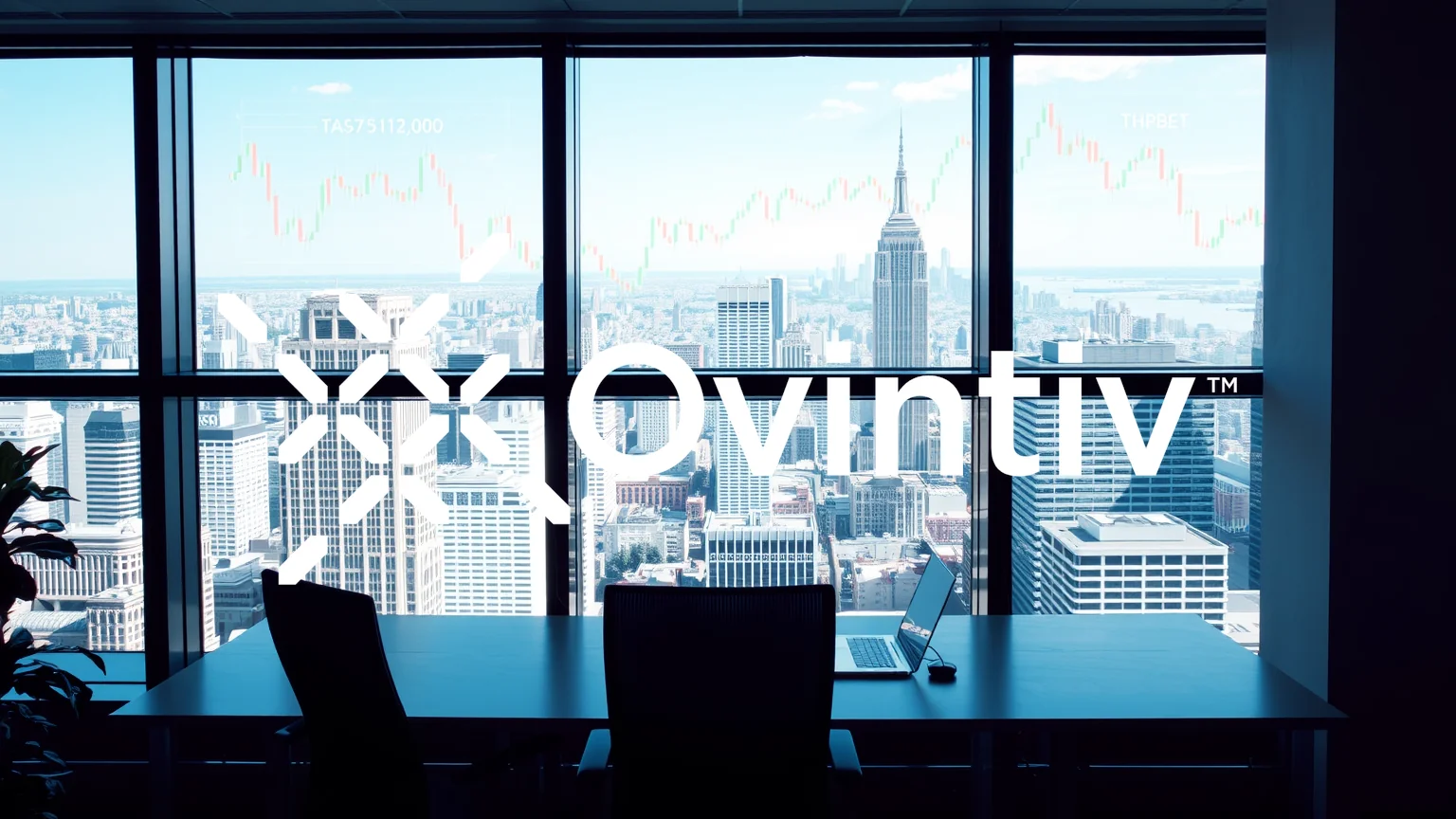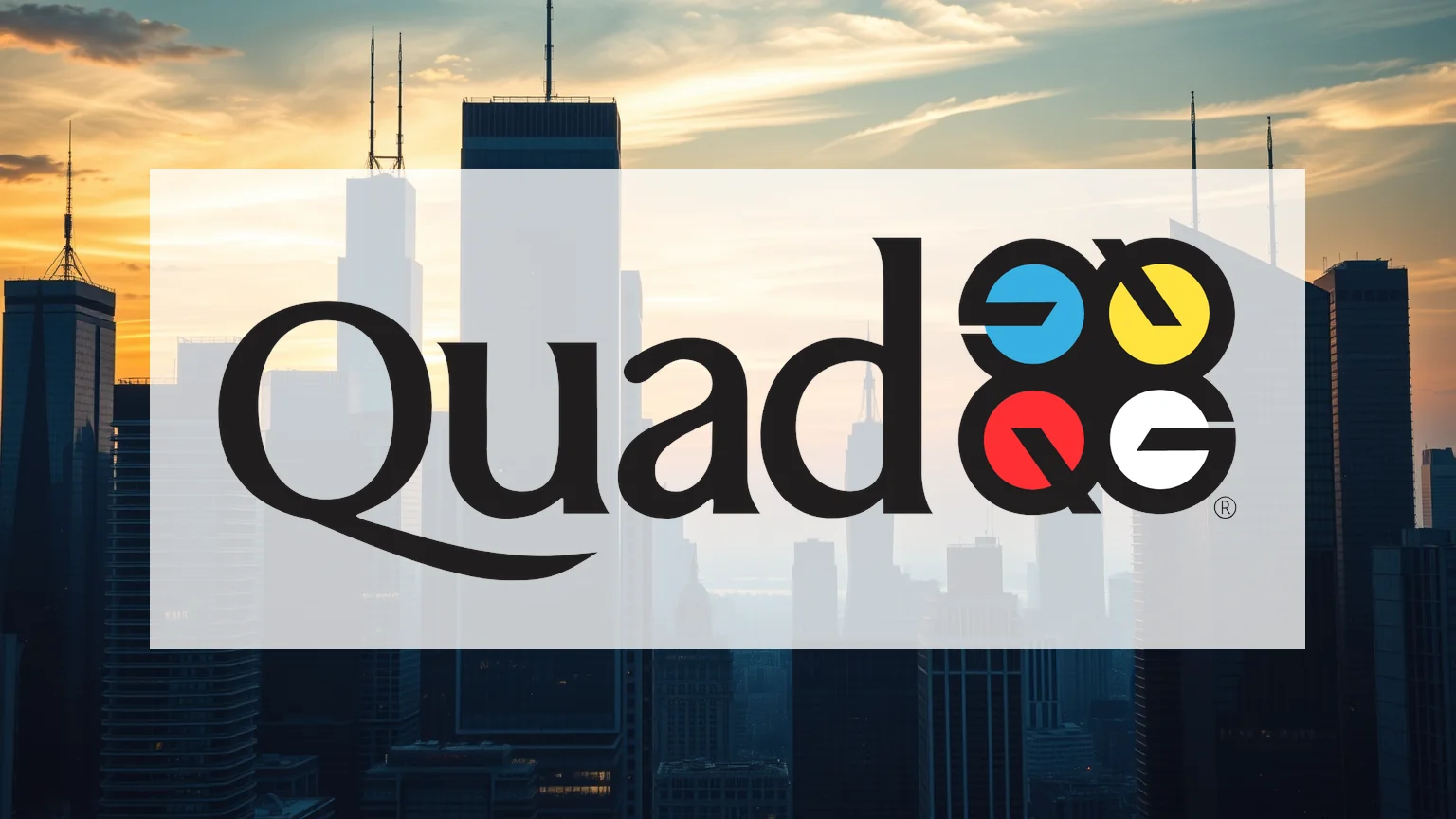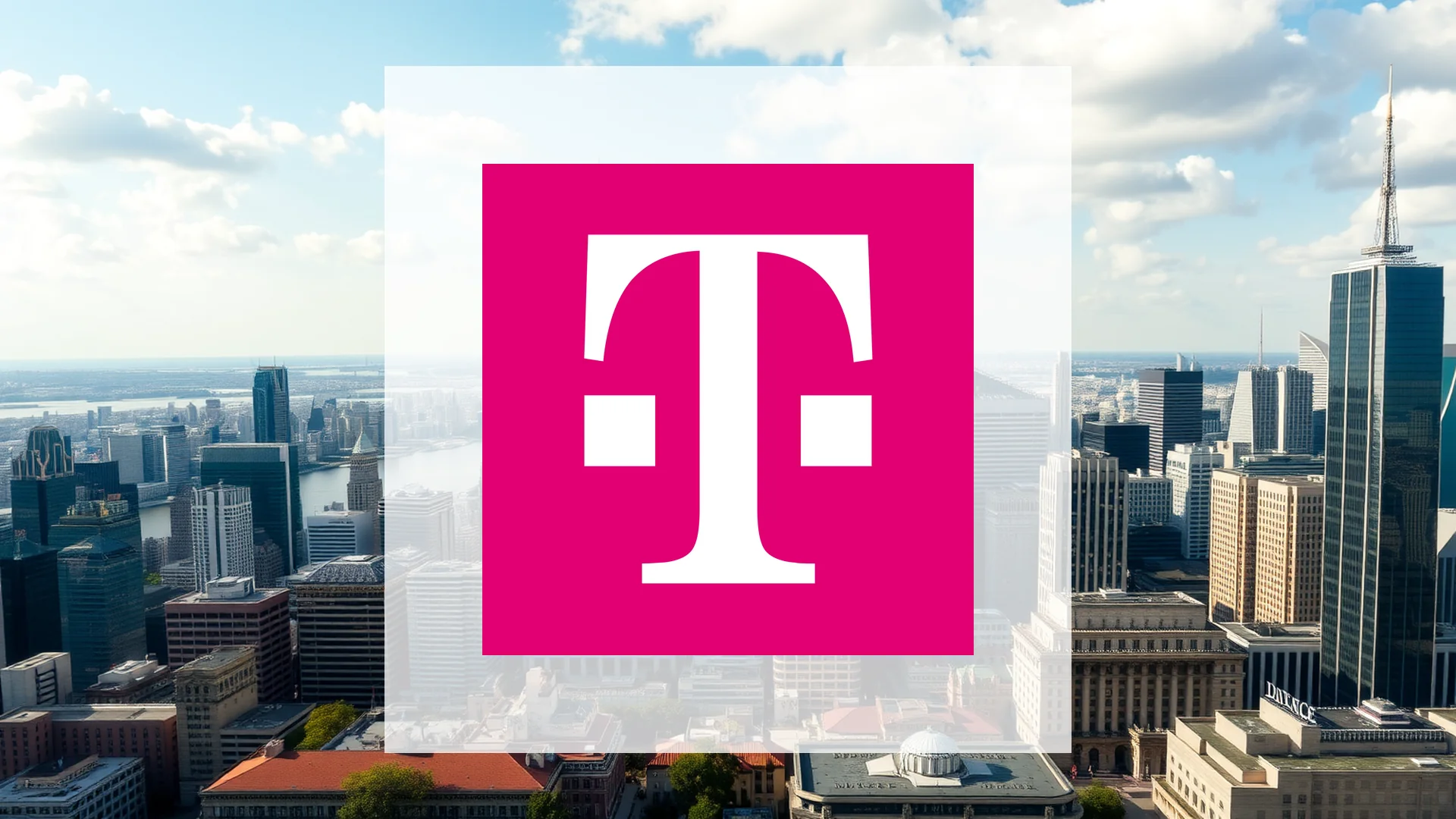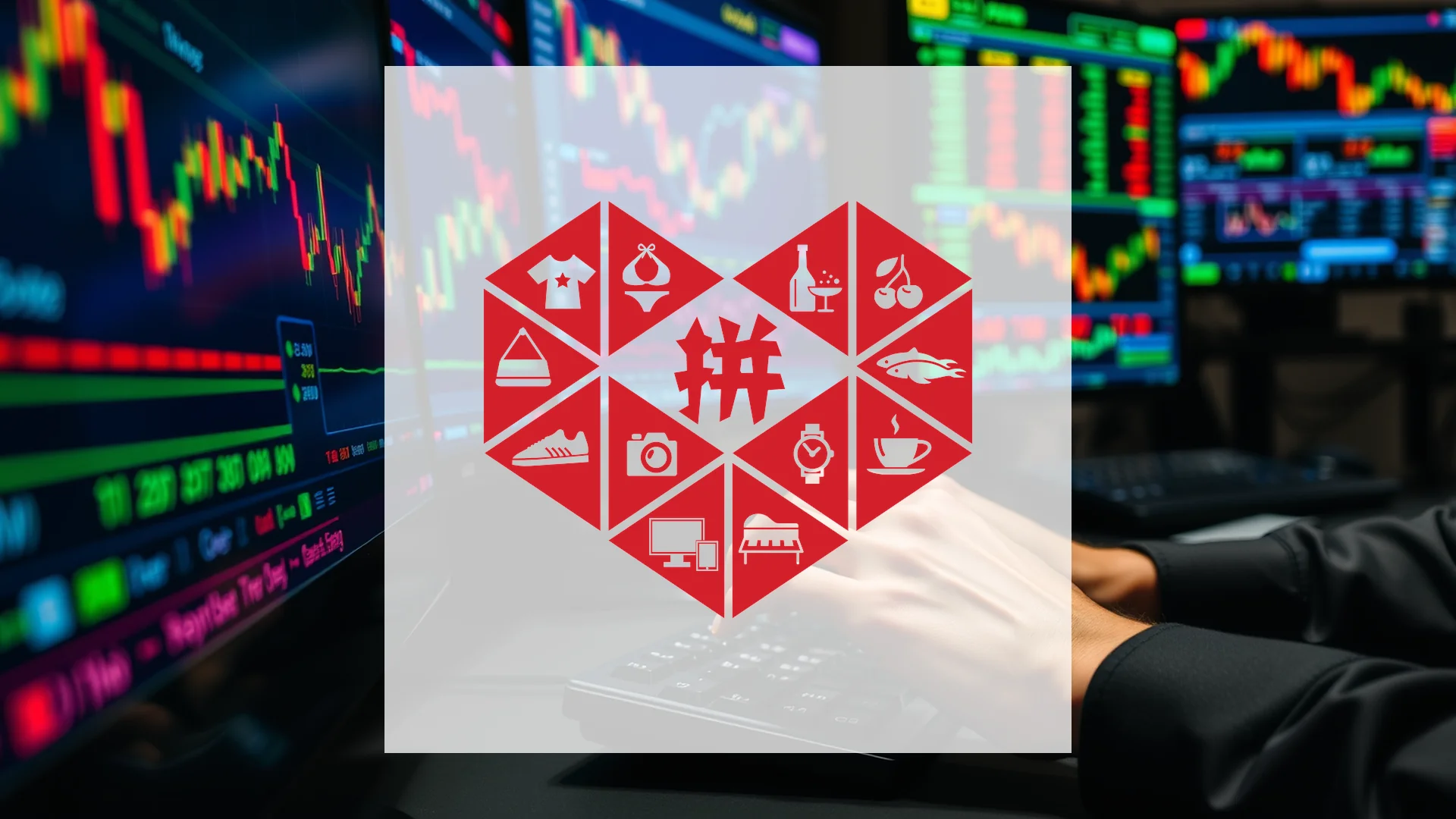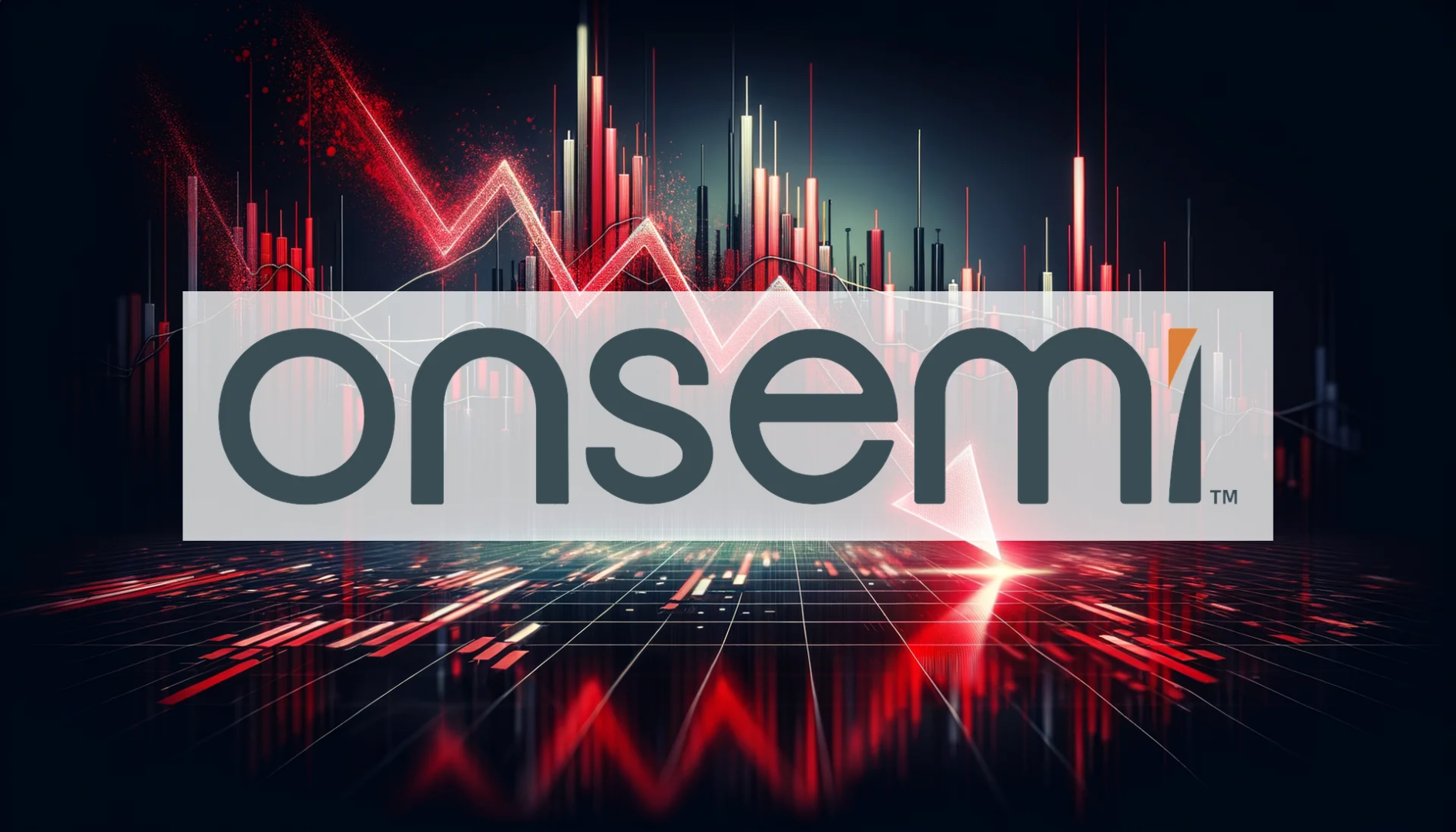The investment community finds itself at a crossroads regarding North American energy producer Ovintiv, with institutional investors and research firms presenting starkly contrasting views on the company’s prospects. This divergence of opinion has created a compelling tug-of-war between bullish and bearish positions, further intensified by the company’s latest quarterly earnings release.
Strong Operational Performance Amid Earnings Miss
Ovintiv’s second-quarter financial results presented a complex picture for market participants. The company reported earnings per share of $1.02, falling short of the $1.04 consensus estimate, while revenue reached $1.79 billion compared to anticipated $1.92 billion. Despite these headline disappointments, the underlying operational metrics told a more positive story.
The energy firm demonstrated remarkable financial strength through its core operations, generating over $1 billion in cash flow from operating activities. More significantly, Ovintiv produced $392 million in free cash flow after accounting for capital investments. In a strategic move that impressed many observers, the company simultaneously raised its full-year production guidance while reducing projected capital expenditures, signaling improved operational efficiency.
Adding to its investment appeal, Ovintiv maintains a reliable quarterly dividend of $0.30 per share, providing shareholders with an attractive yield between 2.2% and 3.1%.
Wall Street’s Contradictory Assessments
Financial institutions have issued dramatically conflicting evaluations of Ovintiv’s outlook. UBS recently increased its price target to $52 while maintaining its “Buy” recommendation. Conversely, Morgan Stanley surprised markets by downgrading the stock from “Overweight” to “Equal Weight” and reducing its price target to $48, citing the company’s above-average debt levels compared to industry peers.
Should investors sell immediately? Or is it worth buying Ovintiv?
Barclays Capital positioned itself at the more optimistic end of the spectrum, raising its price target to $57 in late July while maintaining an “Overweight” rating. This adjustment came despite the company’s earnings release failing to meet expectations.
Major Investors Take Opposite Positions
Institutional investment firms have demonstrated equally divergent strategies regarding their Ovintiv holdings. Russell Investments significantly reduced its exposure during the first quarter, selling over 76,000 shares and cutting its position by nearly 29%. In direct contrast, AQR Capital Management aggressively expanded its stake, purchasing an additional 2.3 million shares to increase its holdings by 69.7%.
Despite these opposing moves, institutional investors collectively maintain control of over 83% of Ovintiv’s outstanding shares, indicating continued professional interest in the energy company.
The central question remains whether Ovintiv can leverage its operational strengths to overcome analyst skepticism and translate this into improved stock market performance. While research opinions remain divided, major institutional investors appear to have already placed their decisive bets on the company’s future trajectory.
Ad
Ovintiv Stock: Buy or Sell?! New Ovintiv Analysis from November 24 delivers the answer:
The latest Ovintiv figures speak for themselves: Urgent action needed for Ovintiv investors. Is it worth buying or should you sell? Find out what to do now in the current free analysis from November 24.
Ovintiv: Buy or sell? Read more here...

